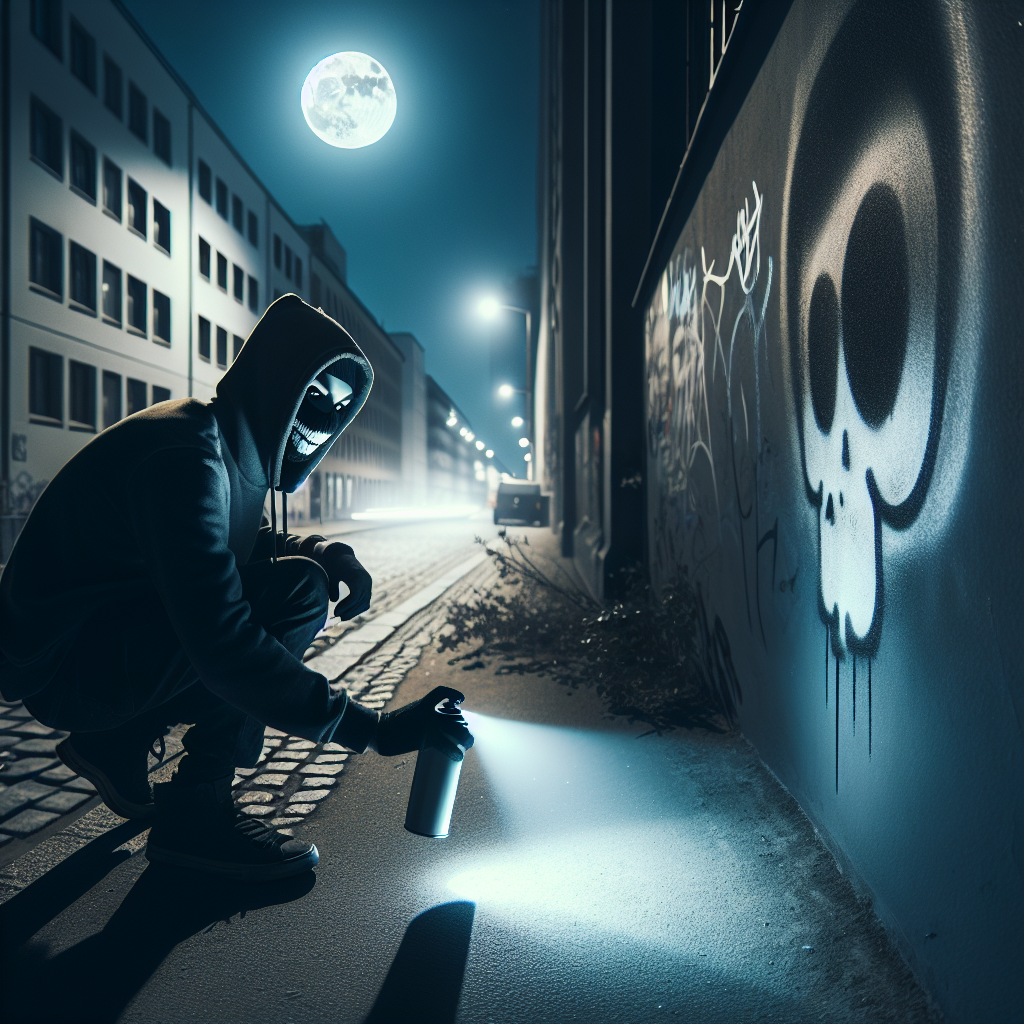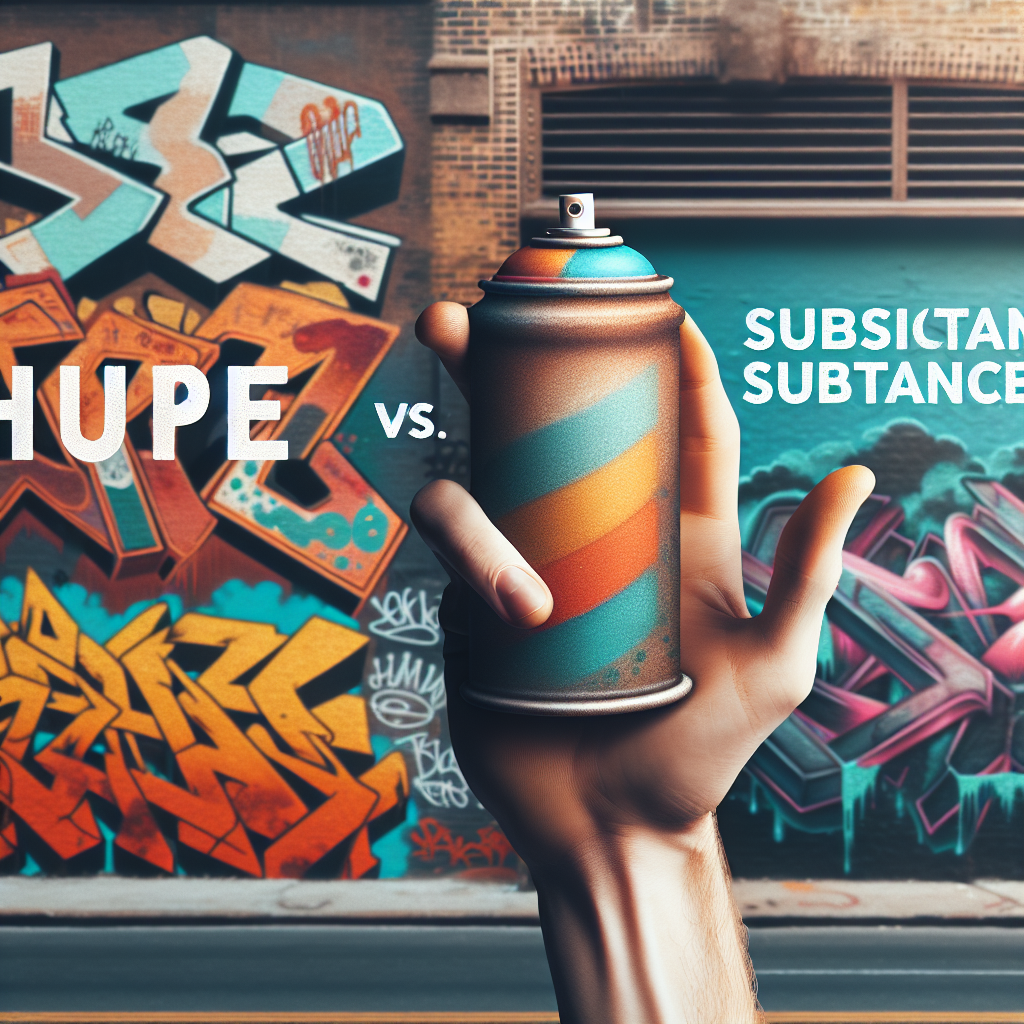Industry Overview
The global appreciation for street art has been surging over the past decade, marking a significant shift in how we perceive public space creativity. Once considered vandalism, it’s now seen as a creative outlet transforming cities into vibrant galleries of expression.
Current Trends
This burgeoning interest isn’t confined to hip urban locales but spreading globally thanks to platforms like Instagram that showcase talent from overlooked neighborhoods.
Key Players
Banksy remains an elusive figure whose audacious works often carry a sharp political commentary. Shepard Fairey’s iconic Obama ‘Hope’ poster signifies the potential of this medium to communicate powerful messaging beyond aesthetic appeal.

Creative Process
Street artists often create in covert operations under cover of darkness, their pieces only revealed by daylight – testament to dedication despite societal criticism.
\
Market Dynamics
\
\
\ \
\
Audience Response
\
Public response is overwhelmingly positive, yet some critics argue it commercializes and gentrifies neighborhoods.
\
\
Industry Challenges
\
\
Future Directions
Incorporation into architectural design and advent of virtual reality experiences could revolutionize this sphere even further.
\
The Cultural Impact\An undeniable catalyst for social conversation, street art has proven its ability to trigger political dialogue and speak up for marginalized communities.
\
Digital reproductions enhance accessibility without encroaching on site-specific authenticity.
A public sculpture in a bustling plaza injected with vibrant colors depicting local heroes unrecognized by conventional histories.DT />
\
\ \ \
What\’s Next\With mainstream recognition on the rise, street art will likely continue to evolve, pushing boundaries and probing societal norms. Only time will tell if it retains its raw authenticity or is absorbed into commercialism.
- \
\ \ \

